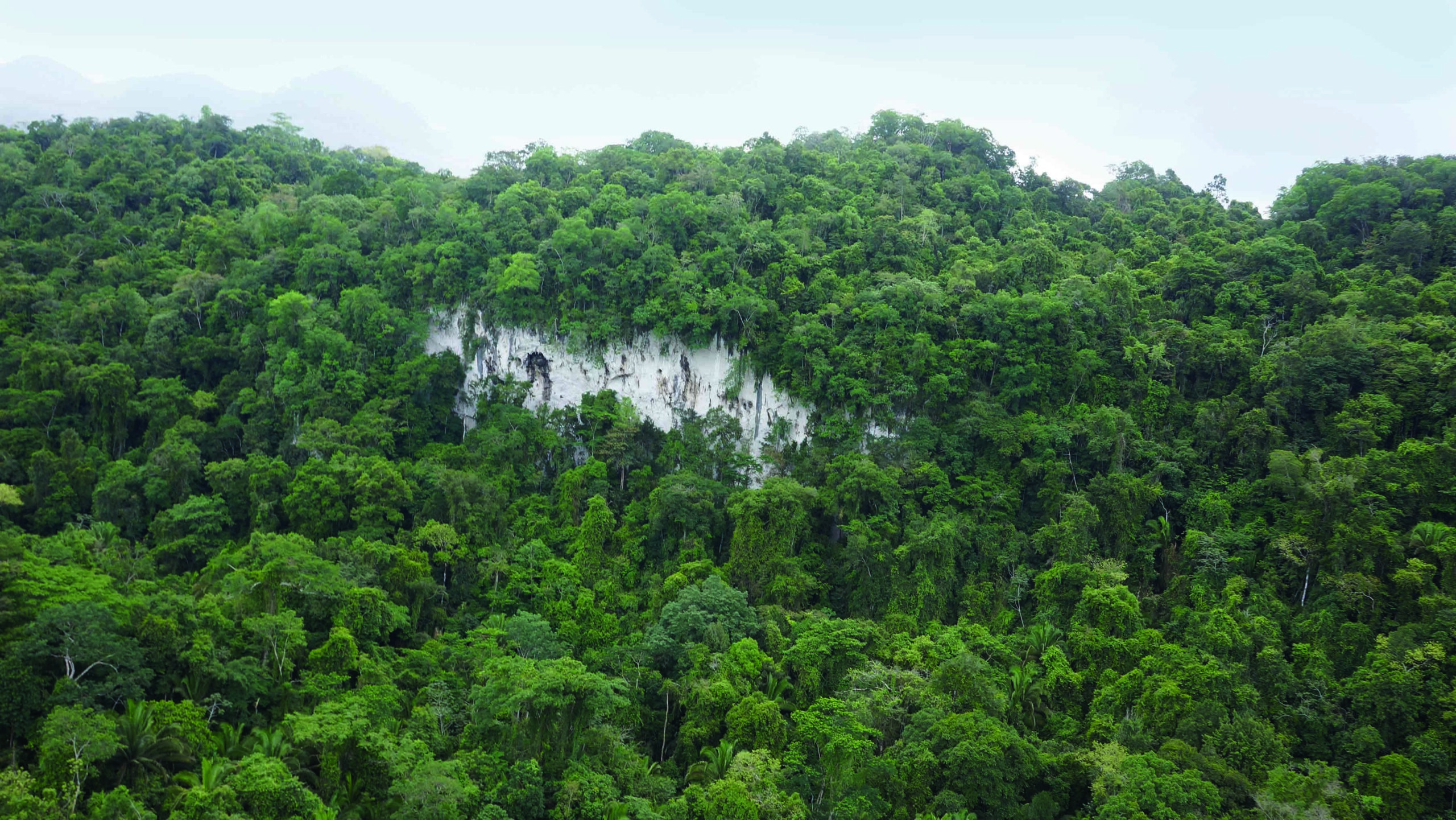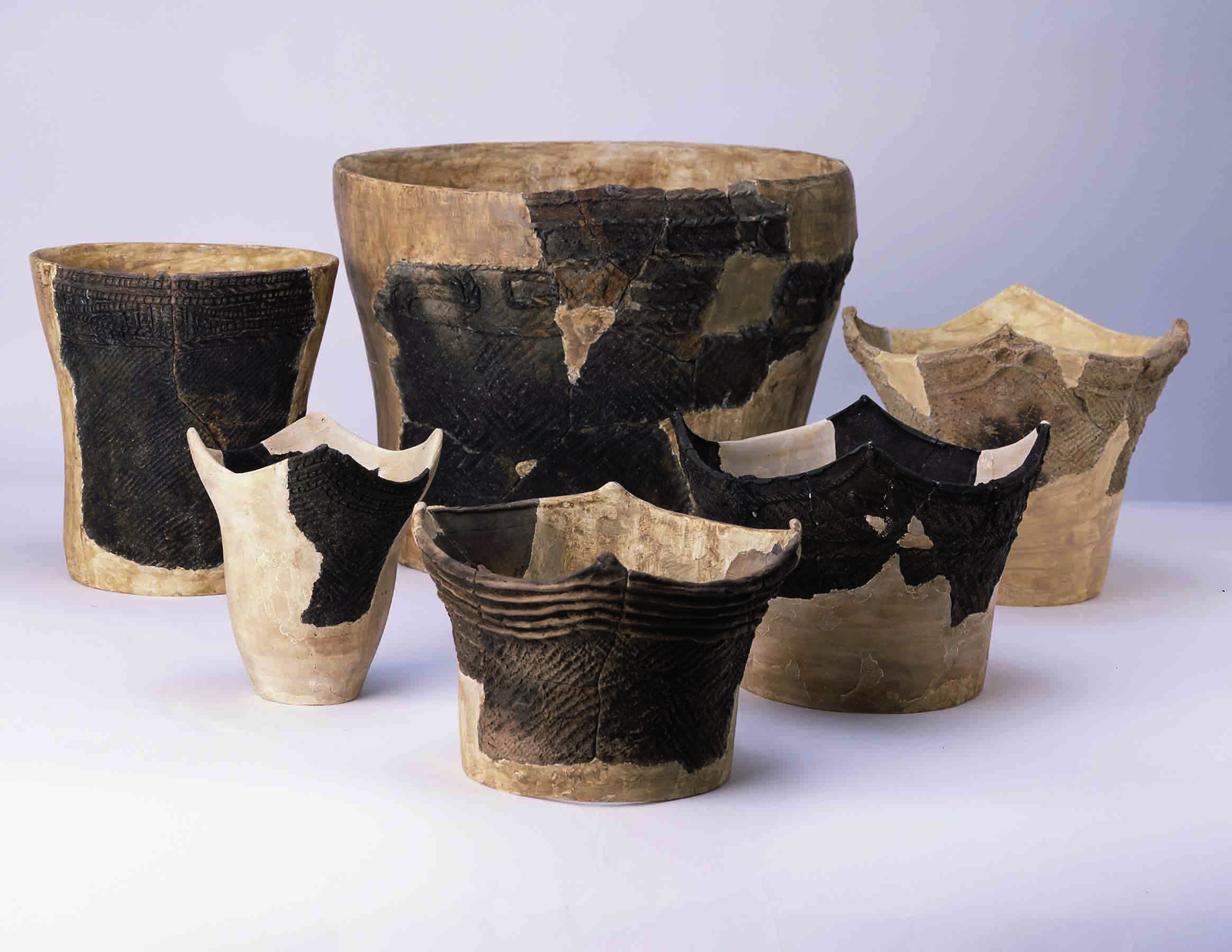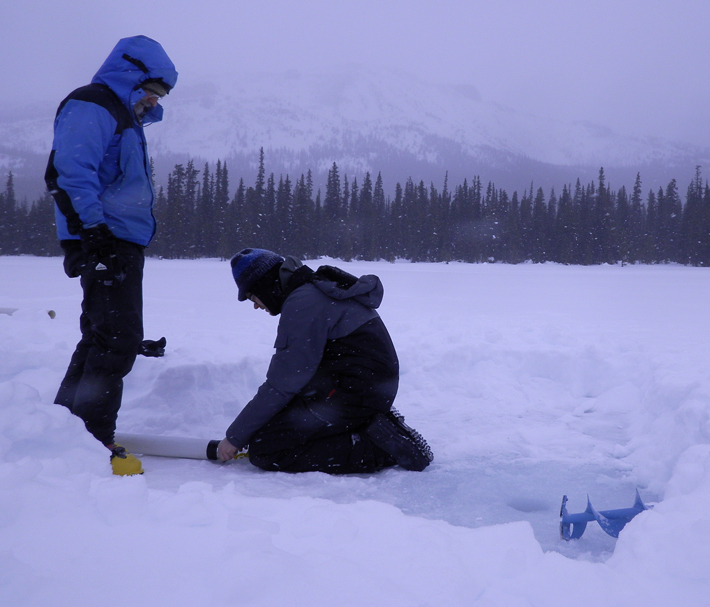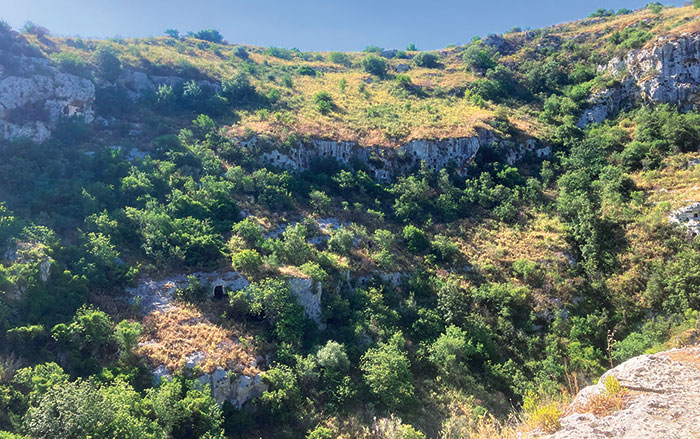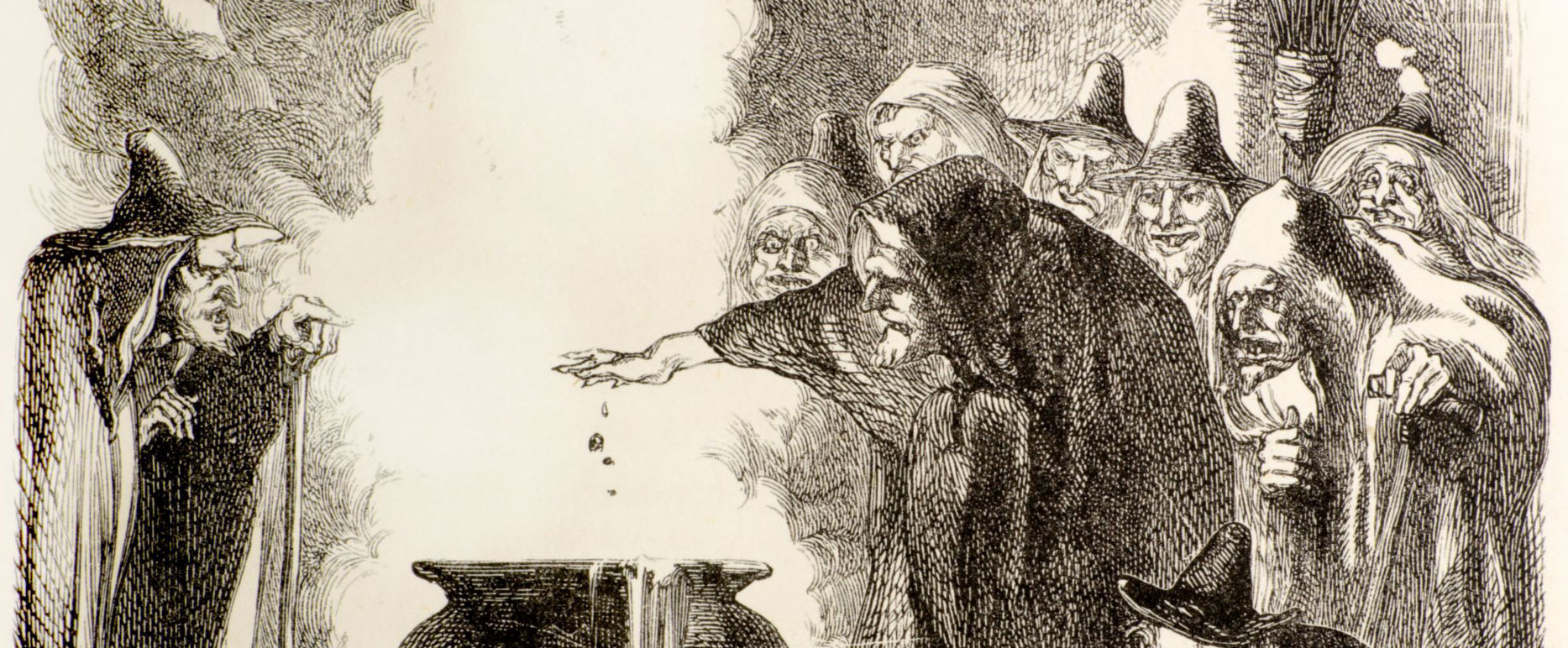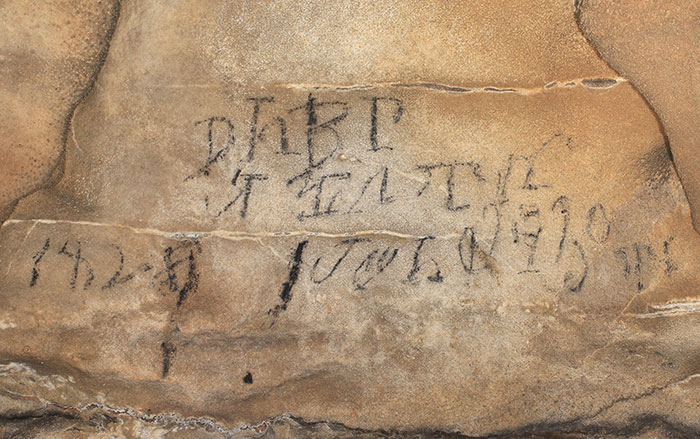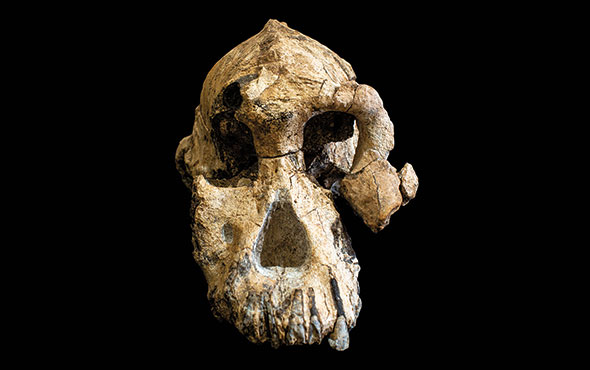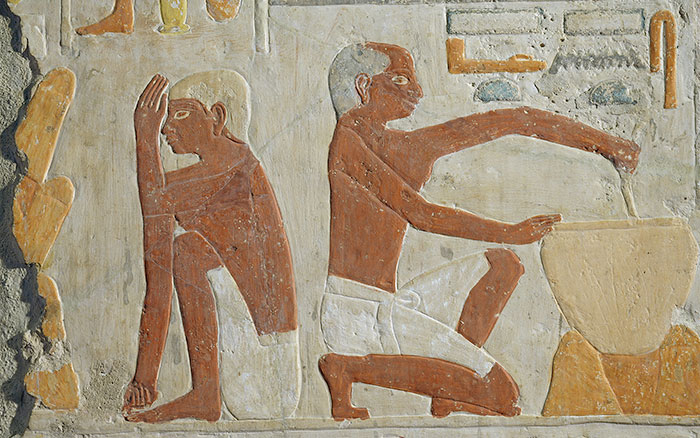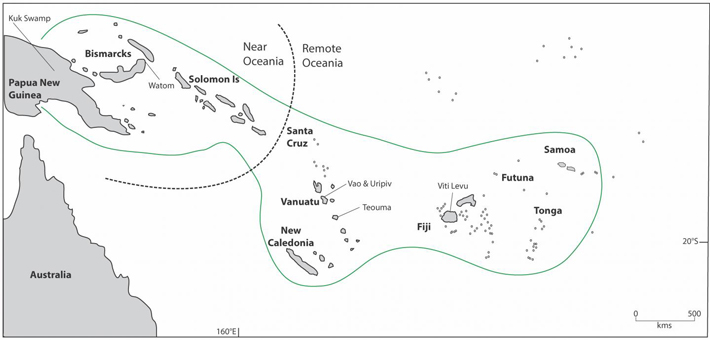
DUNEDIN, NEW ZEALAND—The Otago Daily Times reports that Monica Tromp of the University of Otago has found direct evidence of plants used by the first inhabitants of Vanuatu. It had been previously suggested that the first settlers to reach the islands in Remote Oceania brought plants and animals with them in their canoes, but no direct evidence of those plants had been found. When Tromp examined calcified plaque on the 3,000-year-old teeth of 32 skeletons unearthed at the Teouma site, a cemetery located on Vanuatu’s Efate Island, she found microscopic particles of banana and palm. The palm was probably used to make fabric and rope, she explained. To read more about the first settlers of Efate, go to "World Roundup: Vanuatu."


